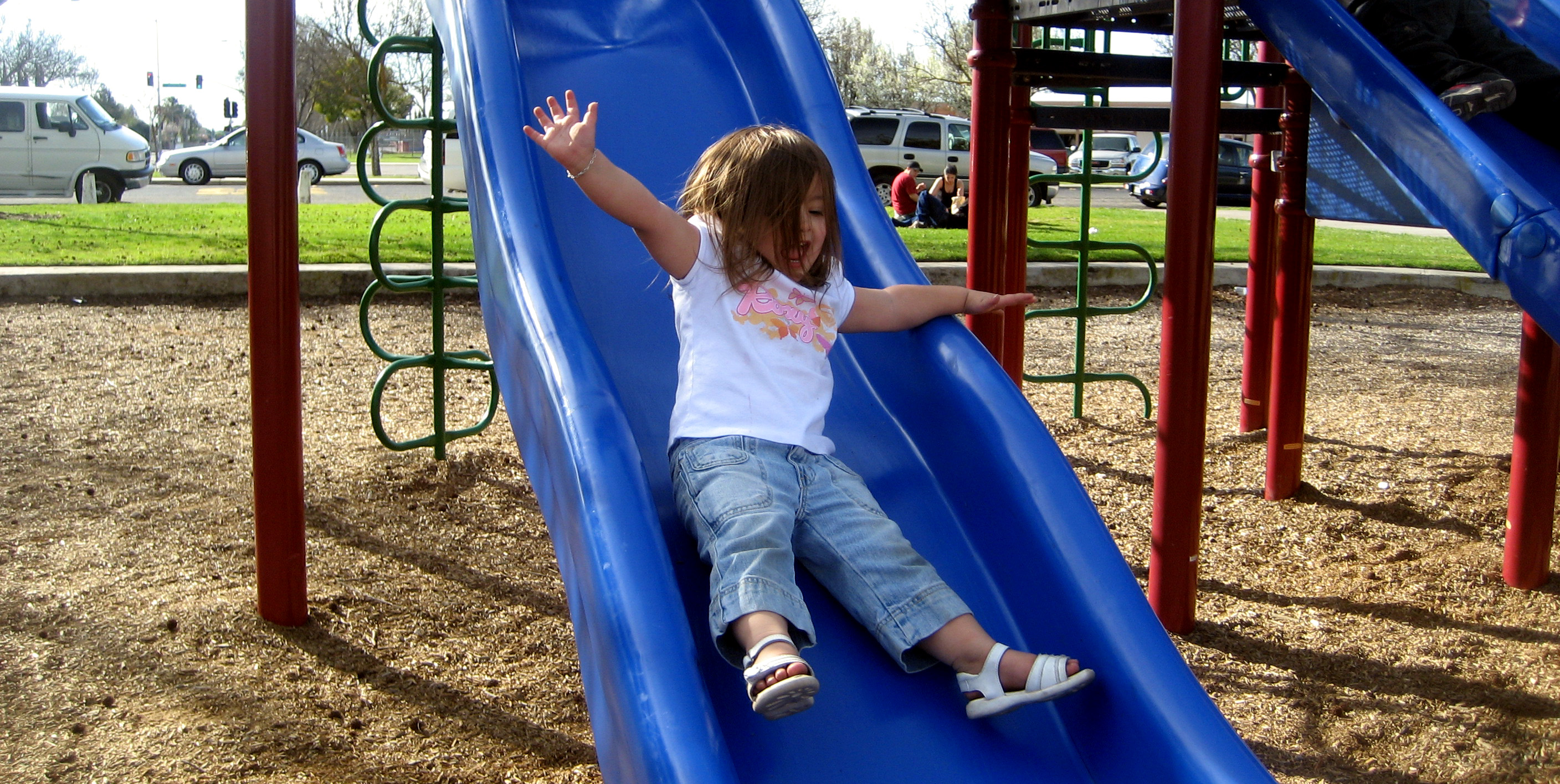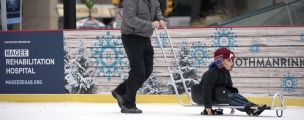As we have said many times before on believe@Magee, accessibility is about way more than wheelchair ramps. It’s about being given the same opportunities to participate as able-bodied people. And that doesn’t just apply to adults.
New federal requirements under the Americans with Disabilities Act mandate that public playgrounds must include designs and equipment that can be used by kids living with disabilities, to offer them the same opportunities for play as children who are able-bodied. Why the focus on playgrounds? Because they serve as an important backdrop to childhood development – it’s where kids learn how to make friends, play games, make up rules, and so much more. So these new ADA requirements should create tons of new opportunities for kids living with disabilities… right?
Well, so far, this hasn’t been the case. NPR recently looked into the effects of these new rules on playgrounds across the country, and found that those changes that had been made weren’t made by the government – they were made by parents and people like you, dear reader. Advocates for all people living with disabilities.
Typically, building public playgrounds is under the purview of the city. And under these new ADA requirements, any new playgrounds that are built or renovated must meet these specifications. But that assumes city governments can afford to build and renovate playgrounds – and many can’t. So parents and advocates are stepping in.
NPR visited Brooklyn’s Playground in Pocatello, Idaho, a playground designed so children like Brooklyn Fisher, (the park’s namesake, a 7-year-old who has spina bifida), can play alongside their able-bodied friends. But this space wasn’t built or funded by tge city government. It was funded entirely by donations – in total, Brooklyn’s family raised $580,ooo through bake sales and garage sales to build a place welcoming and accessible to all children, regardless of ability. And they have inspired other communities to do the same (including Daniel’s Den in nearby Lancaster, PA).
But just because you don’t live in Pocatello, Idaho doesn’t mean there aren’t accessible playgrounds in your area. NPR is collecting a list of accessible playgrounds across the country, and they have currently identified 16 in the Philadelphia metro area. Not sure if your local playground is accessible? Look for these 8 things.
1. Flat surfaces throughout. The wood chips that commonly coat playgrounds are nearly impossible to navigate in a wheelchair. The best surfaces are smooth, poured-in-place surfaces, or anything smooth that is resilient enough to act as a cushion when children fall.
2. Transfer stations. This includes a low step for a child in a wheelchair to transfer onto the equipment. One side should be unobstructed to allow the wheelchair to sidle up to it, and hand rails should be available throughout.
3. Ramps. Wheelchair ramps should be included to play structures.
4. Accessible swings. Swings should have a seat back, and may also include a safety harness.
5. Sound-play components. This could include drums, wind chimes, or other items that make noise.
6. Sight-impaired play components. This could include braille information.
7. Safety fence.
8. Single entrance. A single entrance makes it easiest for parents and caregivers to monitor their children – and less likely a child will leave the playground unnoticed.
Are there any accessible playgrounds in your area? If so, be sure to add them to NPR’s growing list! If not, remember – all it takes is a few committed people to change that. Just ask Brooklyn’s parents.









